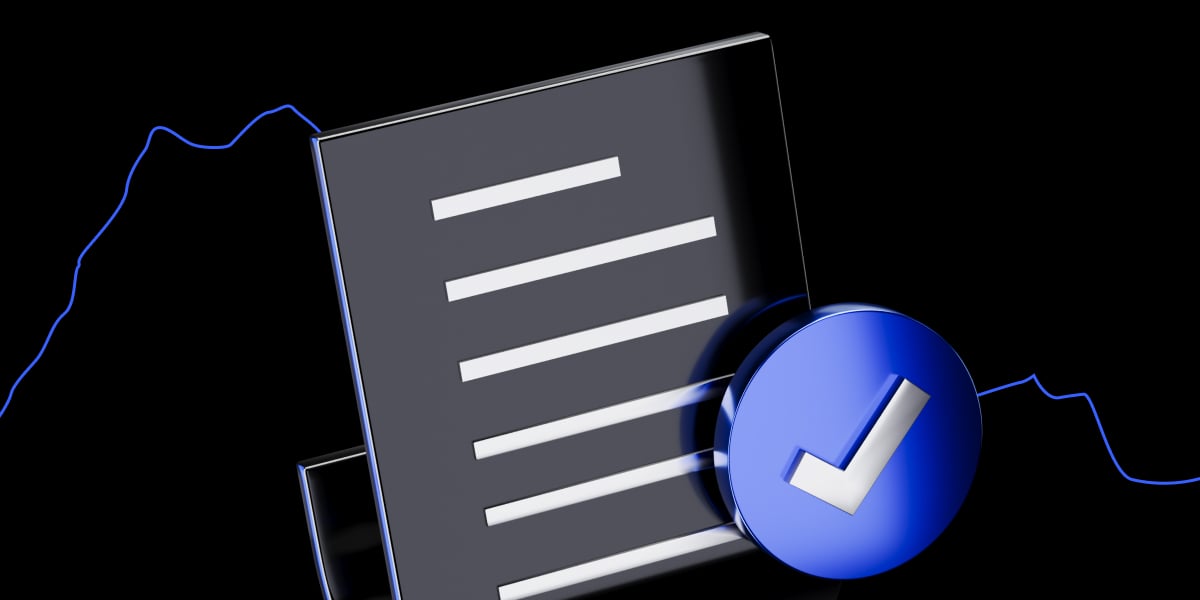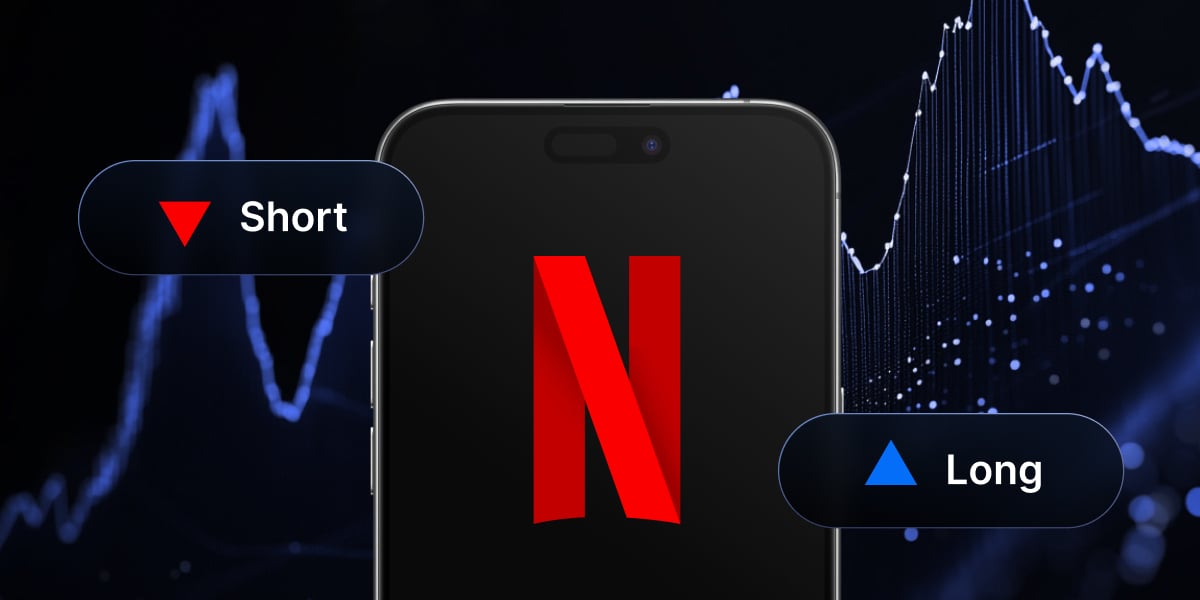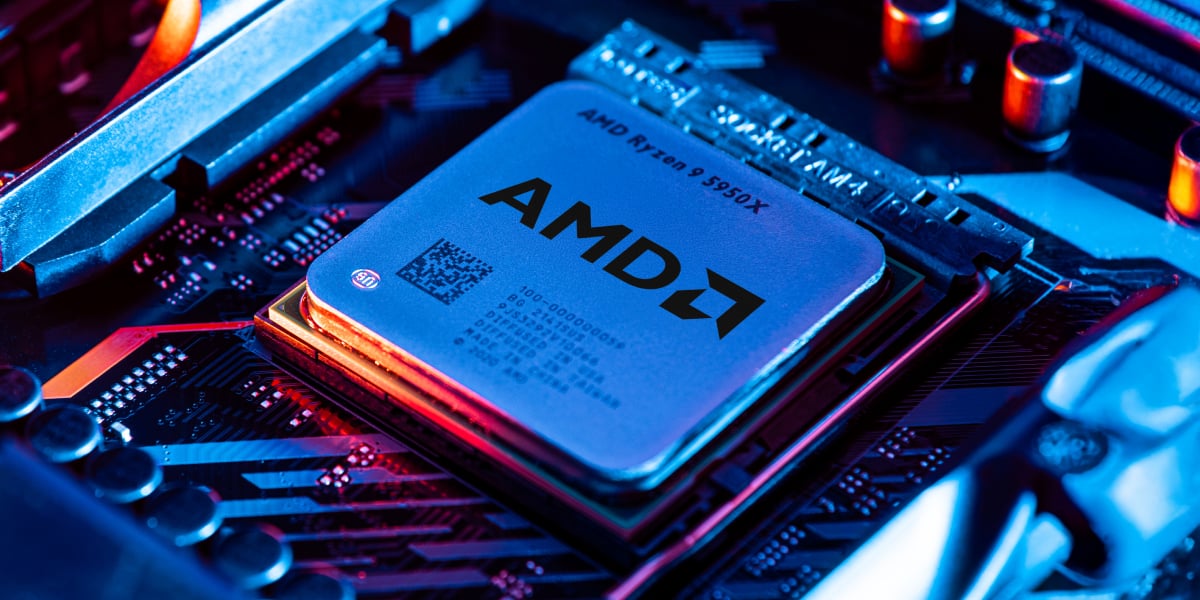Think about things that are very expensive – diamonds, gold, artwork. One is a crystal, the other is a metal and the last one is an expression of human creativity…so what do they have in common that makes them expensive?
Rarity – limited supply and increased demand cause these things to be very valuable. You might’ve heard about NFTs, unique digital tokens some worth almost 100 million dollars. The question is how do buyers know how rare an NFT is though?
This is where Bitcoin ordinals come in. Most NFT are minted in editions i.e. a series of the same item. And NFT’s are assigned a Bitcoin ordinal number, which work like serial numbers. The lower the number the higher the value. The fewer the Bitcoin ordinals, again the more valuable the NFT.
Think of it like game-worn Cristiano Ronaldo kit, now think about how much more valuable that kit would be if it were the first kit he ever wore during the first ever game he played.
But first let’s talk about the Bitcoin and NFTs, because these are part of the mechanics of Bitcoin ordinals.
Understanding the basics
What is Bitcoin?
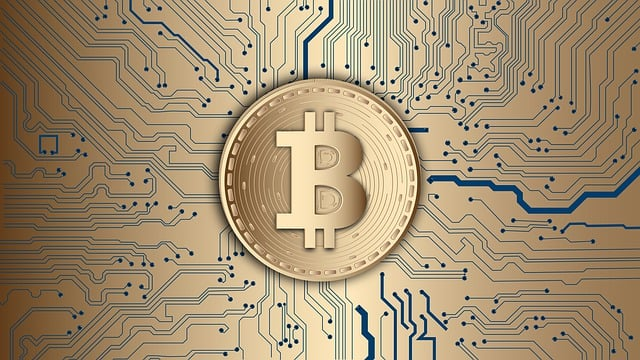
Bitcoin is the grandaddy of Cryptos – founded back in 2009 by the mysterious as of yet, Satoshi Nakamoto. Bitcoin is a decentralized virtual currency based on a peer-to-peer network known as blockchain. This allows transactions to be tracked but still be anonymous.
What are NFTs?
NFT are non fungible tokens, i.e. unique digital assets that are proof of ownership and authenticity of digital collectibles and even physical assets. These assets and collectables can include music, art and virtual real estate.
Much like other blockchain based tokens, they are traded, either bought or sold, on an NFT marketplace.
The emergence of ordinals
The concept of ordinals
Most limited edition collectables carry a serial number to show their position in a sequence of valuables produced. The lower the number the more valuable said collectable is worth.
Bitcoin ordinals work in the exact same way to serialize the NFT held on the Bitcoin network. These numbers are recorded on the Bitcoin blockchain ensuring the NFT is not only authentic but also has the right Bitcoin ordinal series.
This ensures NFT collectors can be guaranteed of their asset’s authenticity, value and their minting. This of course helps NTFs marketability and desirability.
Historical context
So, as we covered earlier, Bitcoin was introduced in a white paper by Satoshi Nakamoto in 2009 and NFTs started to pop-up around 2012. The first tokens “minted” on the base Bitcoin blockchain, were colored coins. In 2017 NFTs completely dominated the mainstream with CryptoKitties (that were minted on Ethereum blockchain). By 2021, we saw the explosion of NFTs with the Bored Ape Yacht Club and their Bored Apes. These digital illustrations not only were highly collectable but they also gave their owners exclusive access to private Discord groups and real-world events.
But let’s rewind for a moment. In 2014 Counterparty was launched which allowed people to trade NFTs using the Bitcoin ecosystem. Later on Counterparty garnered a lot of attention for the high value NFTs that were exchanged there.
Stacks is an ecosystem for NFTs, which uses the Bitcoin network instead of the more widely used Ethereum network, exchanges such as OpenSea uses.
But as we know due to the size of Bitcoin blocks, the Bitcoin blockchain, may not be the most scalable solution, that’s why Stacks says that it isn’t necessary powered by the Bitcoin network, but more secured by the blockchain.
Technical foundations
Taproot Upgrade
In 2021 the Bitcoin community committed to the so-called Taproot Upgrade. The main purpose of the Taproot upgrade was to increase both the network’s efficiency and privacy at scale, with the updated increasing in utility as it matures over the next few years.
The significance for Bitcoin ordinals though is the fact that this upgrade supported the creation of a smart contract, which are crucial to create ordinal inscriptions. The Bitcoin community fully embraced the Taproot Upgrade with an almost unanimous 90% consensus.
Segregated Witness (SegWit)
In 2017 SegWit or Segregated Witness was a protocol upgrade which updated the way data is stored on the Bitcoin blockchain.
Ultimately the reason SegWit helped usher the way to Taproot and the creation of smart contracts and Bitcoin ordinals was the ability to increase the number of transactions per Bitcoin blockchain.
How ordinals work
Inscriptions of Bitcoin ordinals surpassed 58 million at the beginning of this year, showing that people are very interested in the ability to mint NFTs on the Bitcoin network and a proof of concept of the ordinals protocol.
Casey Rodarmor was the main protagonist of the Bitcoin ordinals protocol, base on ordinal theory. It essentially gives each Bitcoin Satoshi (1/100,000,000 of a Bitcoin) an identity that distinguishes each Satoshi from another.
This allows them to become non-fungible and attributed to the various collectables that are NFTs.
The process of creating ordinals
So, as you can conclude from the previous section – individual Satoshis have a number assigned to them as mining Bitcoin ordinals proceeds. The number are based on the order they were mined. When you inscribe NFT data to an ordinal, the size of Bitcoin NFTs is limited to 4 MB. An ordinals wallet or an ordinals enabled Bitcoin wallet are need so the NFTs can be viewed.
Ordinals vs. traditional NFTs
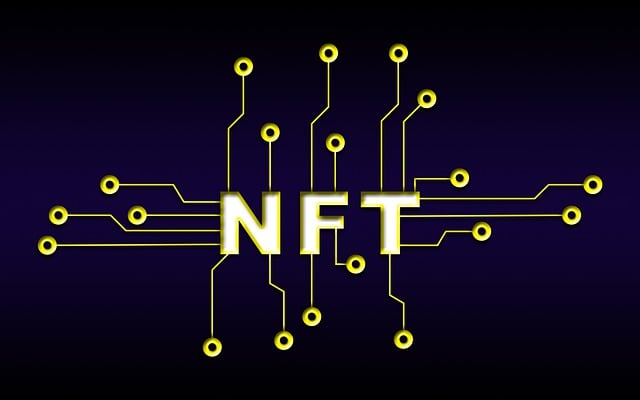
The key difference between Bitcoin NFTs or Bitcoin ordinals and other NFTs is the fact they are kept on the Bitcoin blockchain, whereas “traditional NFTs” are primarily kept on Ethereum’s network. Additionally, Bitcoin ordinals work both as fungible and non-fungible.
This allows the ordinal inscribed to be used either as an NFT or simply as a single Bitcoin.
Controversies and community debate
The Bitcoin purists obviously reacted relatively negatively to this use of the blockchain. They feel like there is no place for an ordinals wallet when talking about ones Bitcoin wallet. Others mocked this fundamentalist perspective, welcoming the change and the ability to buy and sell Bitcoin ordinals.
The protocol that enabled the creation of a Bitcoin ordinal also increases the network’s ability to store data.
Practical applications
Creating and viewing ordinals
To view both NFTs and ordinal inscriptions, the user needs a wallet that has this function. Due to the way Bitcoin NFTs work a non-enabled wallet can not see the connected collectables, but they are still stored on the blockchain of course.
Marketplaces and wallets
As we’ve seen ordinal inscriptions have greatly increased since their launch, now there are numerous ordinals marketplaces you can buy and sell them.
- Ordswap
- Magic Eden
- Ordinals Market
- Gamma
- OKX NFT Marketplace
Some of the most popular ordinals wallets include but are not limited to:
- Ordinals Wallet
- Xverse Wallet
- Hiro Wallet
- MetaMask
- OKX Wallet
Future of ordinals
The future of ordinals is seemingly limitless at this point. We could even see the application of RWA or the tokenization of real World assets, moving beyond the digital and virtual world. Recently even mainstream finance has investigated the utility of RWAs as a way to perform financial transactions with lower transaction fees and the ability to prove ownership without the fear of document loss and protect against forgeries and counterfeiting.
As the Taproot protocol allows the issuance of smart contracts, in theory ordinals could allow Bitcoin to also offer DeFi or attract developers to create dApps. This just the first step to Bitcoin become the new dominate blockchain network, like Ethereum has been for the last few years.
And competition is likely to increase the value of both Bitcoin and Ethereum.
Conclusion
In conclusion, Bitcoin ordinals represent a groundbreaking advancement in the realm of NFTs, leveraging the Bitcoin blockchain to imbue digital assets with authenticity and value. By assigning ordinal numbers to NFTs, the protocol ensures scarcity and uniqueness, echoing the principles of traditional collectables. Despite initial scepticism and debates within the community, the widespread adoption of ordinals demonstrates their potential to revolutionize digital ownership and asset management. With ongoing developments such as the Taproot upgrade and the exploration of real-world asset tokenization, the future of Bitcoin ordinals appears promising, offering a gateway to broader applications and the evolution of decentralized finance. As the landscape continues to evolve, Bitcoin ordinals may play a pivotal role in reshaping the blockchain ecosystem and expanding the possibilities of digital ownership.
Does Bitcoin have NFTs?
Yes as of 2021 and the introduction of the Taproot protocol, NFTs can now be minted on the Bitcoin network.
What is an example of a Bitcoin NFT?
Honey Badgers' "inscription #8" was sold for a record $450,000
Are Ordinals good or bad for Bitcoin?
As it updates the network's data storage capacity and ability to issue a smart contract, it seems like a net benefit for the network and it's users.
The content provided here is for informational purposes only. It is not intended as personal investment advice and does not constitute a solicitation or invitation to engage in any financial transactions, investments, or related activities. Past performance is not a reliable indicator of future results.
The financial products offered by the Company are complex and come with a high risk of losing money rapidly due to leverage. These products may not be suitable for all investors. Before engaging, you should consider whether you understand how these leveraged products work and whether you can afford the high risk of losing your money.
The Company does not accept clients from the Restricted Jurisdictions as indicated in our website/ T&C. Some services or products may not be available in your jurisdiction.
The applicable legal entity and its respective products and services depend on the client’s country of residence and the entity with which the client has established a contractual relationship during registration.

